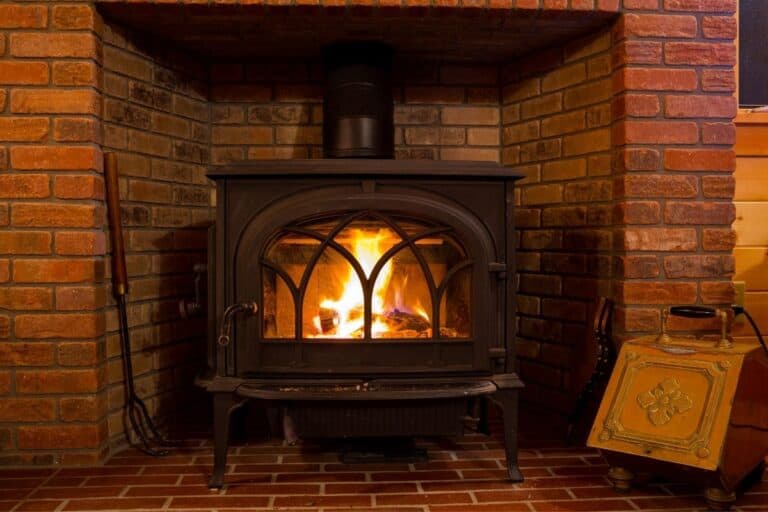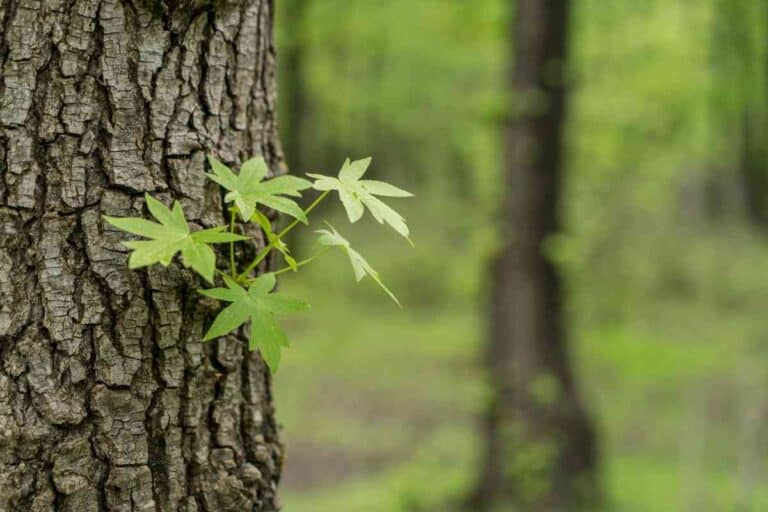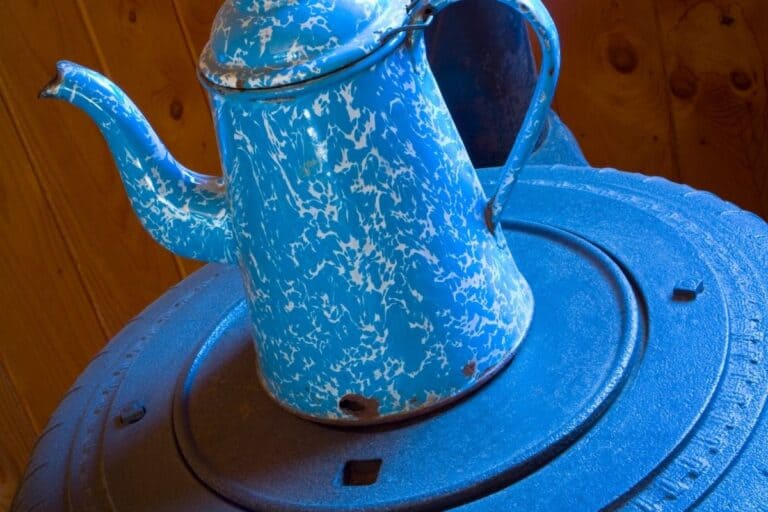How Hot Does A Wood Stove Pipe Get? (Answered!)
Wood burning stoves have increased in popularity in the last few years. According to Brookhaven National Library, over 12 million homes in the US use wood stoves as a source of heat. Like any appliance or device, wood burning stoves require maintenance and proper use. The stove pipe is one of the most important components of your wood burning stove.
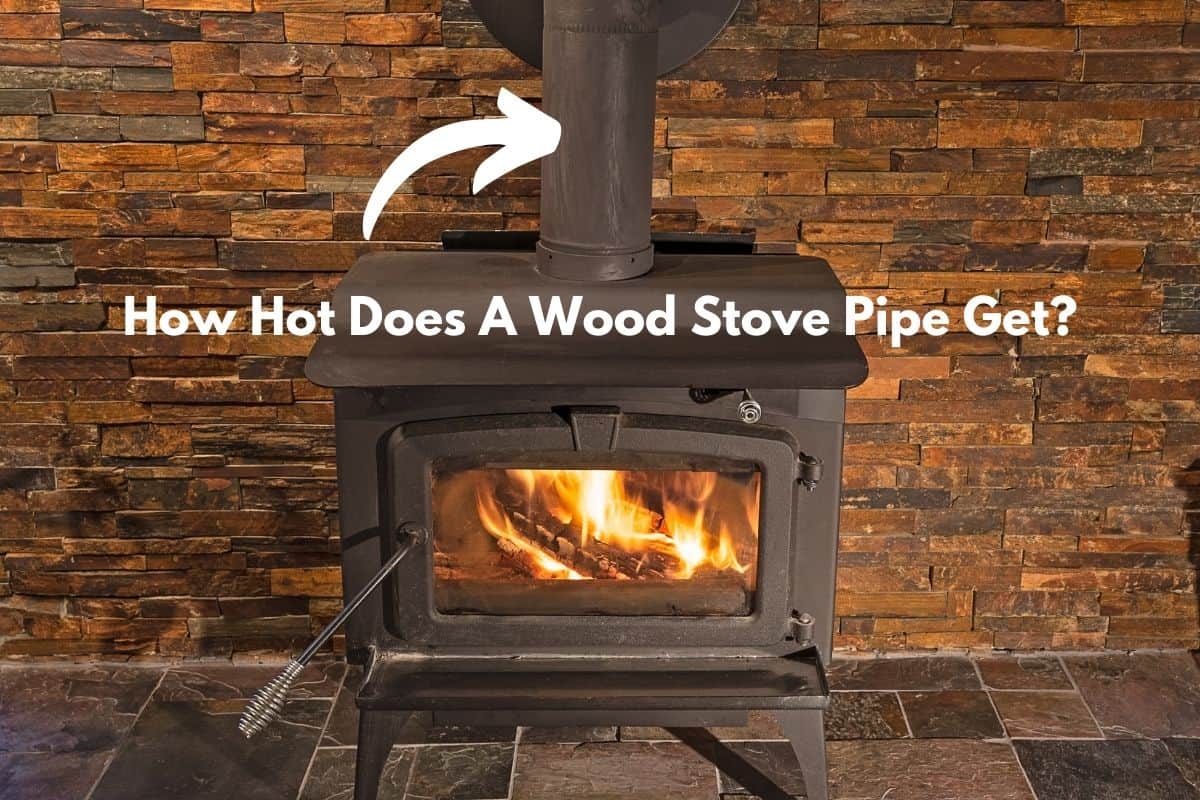
Stove pipes can withstand high temperatures, but you want to make sure that they do not run too hot for a long time. An overly heated wood stove pipe can be a fire hazard to your home.
Below are the basics for stove pipe and wood stove temperatures, as well as the overall maintenance of your appliance.
How Hot Does A Wood Burning Stove Flue Get?
A wood stove pipe, which is a type of flue, can withstand a lot of heat.
The flue of your wood stove, the cylinder shape piece located at the top, can get very hot. It protrudes from the body of the stove and slightly bends towards the wall, through it, and towards the outside of your house(as pictured here). It usually extends directly into a chimney.
During the peak of the burn cycle, a wood stove pipe can get as hot as 1000 degrees Fahrenheit. But it can withstand this temperature for only a short time. T
here are issues related to the temperature of your wood stove pipe, including the overall maintenance and performance of the wood burning stove.
What Temperature Should My Flue Be?
The flue temperature should not exceed 1000 degrees Fahrenheit in terms of continuous internal temperature. The safest temperature range for your wood burning stove flue is between 400- and 500-degrees Fahrenheit. Keeping the flue down to a normal temperature range means making sure that every part of your woodboring stove is working efficiently.
The combustion zone itself needs to reach a temperature of 1000 degrees Fahrenheit to burn wood efficiently. Making sure that the combustion zone works efficiently is key in making sure that your stove converts wood into the heat that you need. In turn, this will also make it easier to maintain the proper temperature for your flue.
Managing the temperature of wood stove pipe shouldn’t be a guessing game. Using a wood stove thermometer will help you track your wood stove’s performance. It attaches directly to your wood stove flue and will make it easier to keep your flue from going above 500 degrees Fahrenheit.
What You Need To Know About Wood Burning Stove Safety?
There are several safety issues when it comes to wood burning stoves. According to Asthma & Lung UK, wood burning stoves are associated with the following health hazards:
- Breathing problems
- Heart attacks
- Lung cancer
- Strokes
These health hazards are due to the indoor and outdoor that are caused by wood burning stoves, which add more methane and carbon dioxide to the air inside and outside of your home.
The American Lung Association recommends that you use wood burning stoves only as last resort for heating your home. If feasible, switch to heaters and natural gas stoves. But if you are not getting rid of your wood burning stove any time soon there are ways to reduce the hazards of having one in your home.
If the fire is burning too hot, this usually indicates poor airflow and can be hazardous if it remains unchecked.
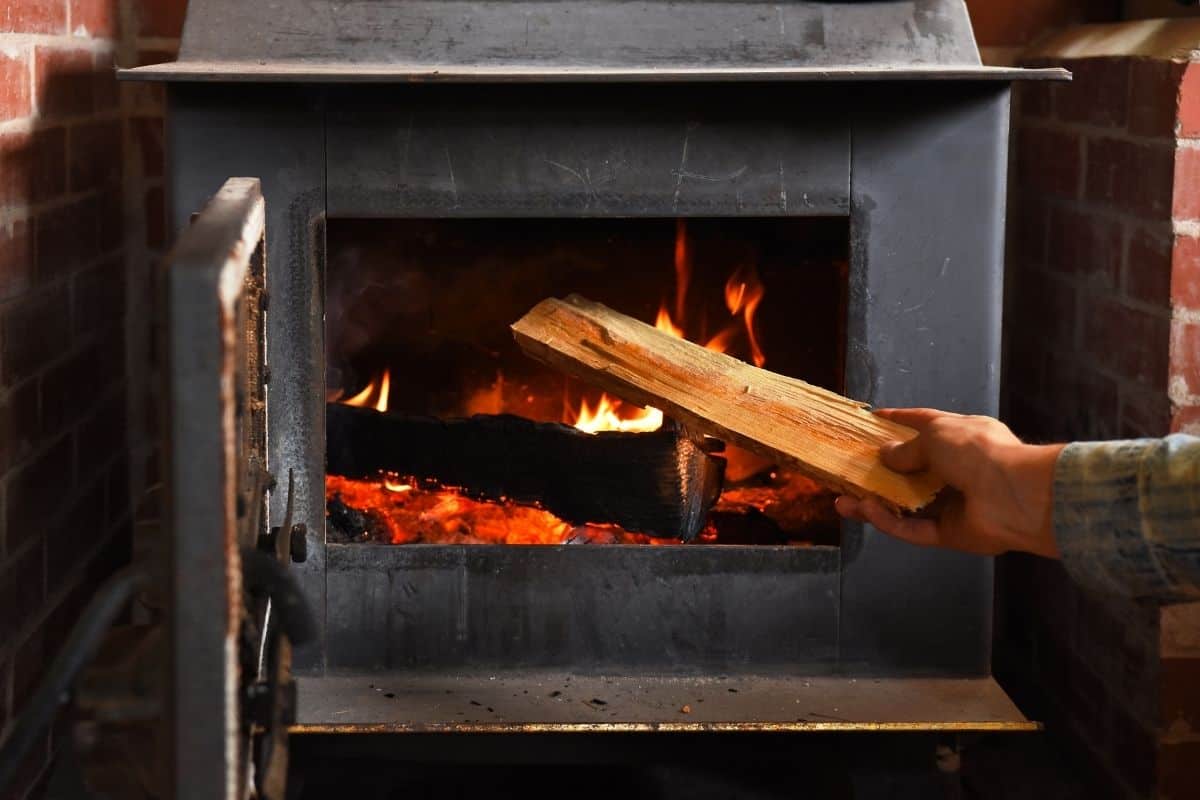
Wood Burner Safety
One of the greatest hazards of having a wood burning stove in your home is fire. According to the Environmental Protection Agency (EPA), wood stoves cause around 4,000 home fires every year. Monitoring the temperature of your wood burning stove is one of the few things you can do to minimize the risk of fire.
It is normal for your wood stove pipe to reach temperatures of up to 1000 degrees but should be kept down to 110 to 250 degrees during peak seasons. Thankfully, modern wood stoves are built with better air flow control, so keeping your wood stove pipe down to a safe temperature should be easy.
Since old, inefficient wood stoves are a major fire risk, you need to make sure that your wood stove is properly installed and cleaned on a regular basis. For example, your vent should be as short as possible. The stove pipe itself should go directly into an approved, factory-built chimney and never pass through an interior wall, floor, or ceiling.
Other safety precautions include:
- Regularly clean your chimney and stovepipe
- Using proper fuel, such as hardwoods, for your stove
- Avoiding creosote build-up
Regular maintenance and proper installation of your wood burning stove reduces hazards. They also ensure that every part of the structure, including the stovepipe, functions properly and does not overheat or cause a fire.
How To Get the Most Heat From a Wood Burner
It is easier to control the fire in a wood burning stove, compared to a fire in an open fireplace. But getting your wood stove to burn efficiently requires some of the same steps.
First, read your instruction manual. The advice presented here can generally apply to most wood burning stoves. But it is always good practice to know the specific requirements for the type of wood burning stove that you have.
One of the first steps to take in running your wood burner properly is to feed it dry and well-seasoned wood. You want to keep feeding small logs to keep it burning, especially during the wintertime.
Ash and extreme heat can damage your wood stove pipe over time. Keeping it clean helps your wood burn more efficiently and keep the temperatures where they should be.
Conclusion
Wood stove pipes can get as hot as 1000 degrees Fahrenheit, but the ideal temperature is between 110 and 250 degrees. To keep your wood stove from overheating, you need to make sure that every part is installed properly and regularly cleaned. You also need to monitor wood stove temperatures for maximum safety.
Sources
- https://www.bnl.gov/woodheater/#:~:text=The%20popularity%20of%20wood%20stoves,a%20fire%20to%20gather%20around.
- https://www.glowing-embers.co.uk/blog/i-need-stove-thermometer/
- https://www.blf.org.uk/support-for-you/indoor-air-pollution/causes-and-effects
- https://www.lung.org/blog/wood-burning-stoves-and-heaters#:~:text=Wood%20smoke%20can%20cause%20coughing,significantly%20contribute%20to%20climate%20change.
- https://www.nationwide.com/lc/resources/home/articles/wood-stove-safety
- https://www.epa.gov/sites/default/files/2016-02/documents/wood_smoke_awareness_kit.pdf





